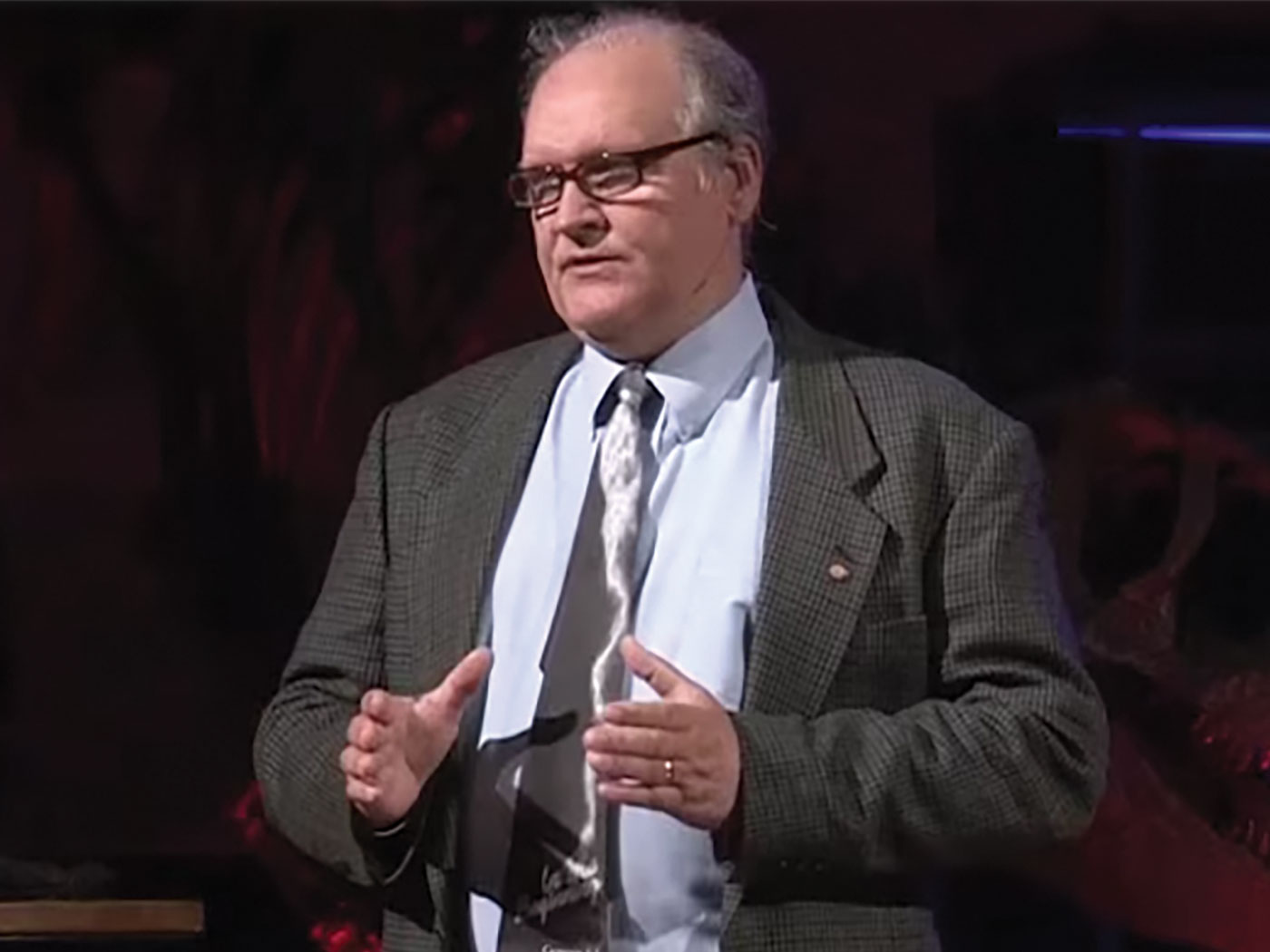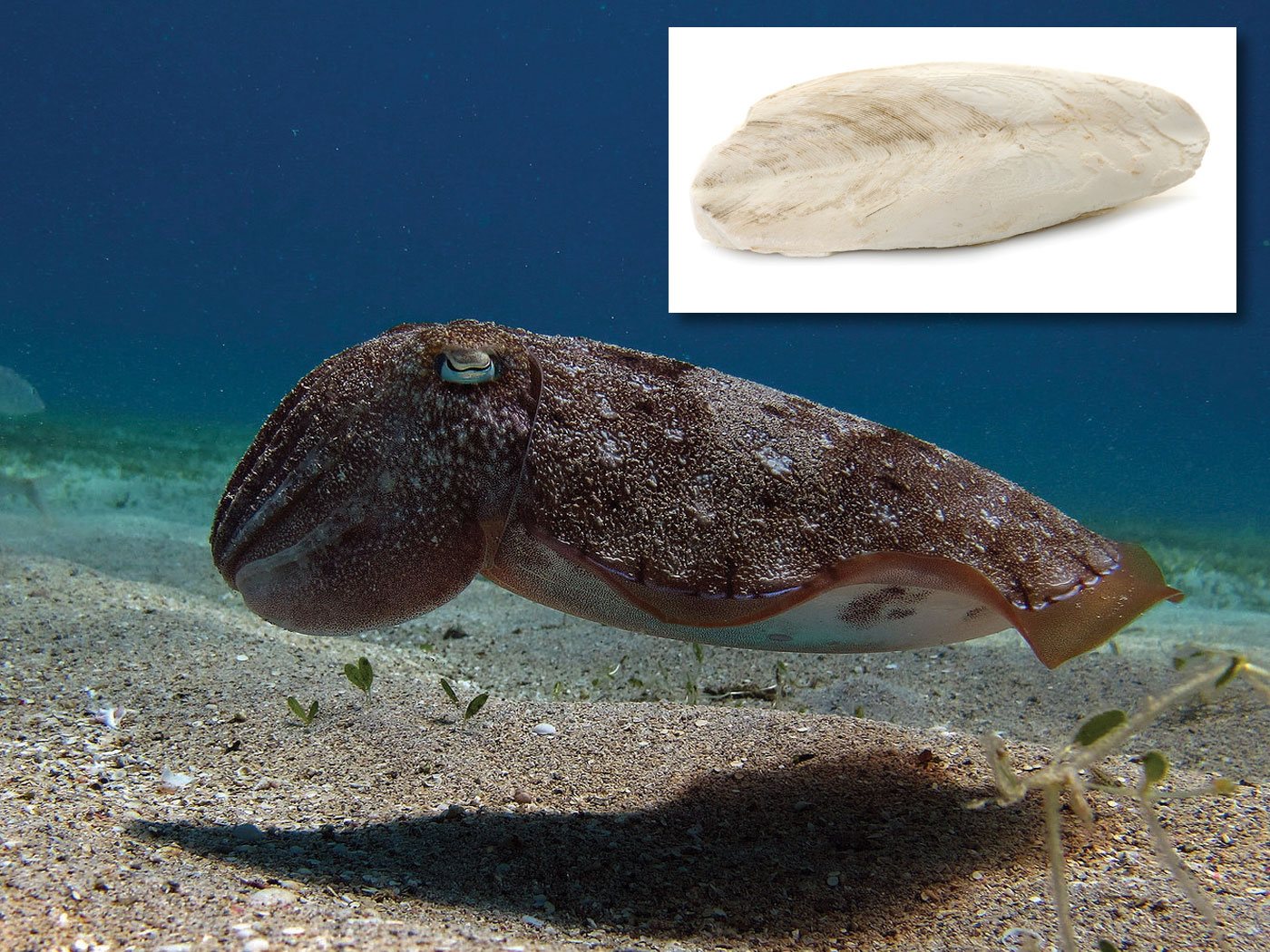Original soft-tissue fossils continue to challenge mainstream understanding of how and when fossils formed. Secular researchers described dozens of them over the years, from mummified skin and dried red blood to still-purple retinas, and they assign them ages of tens of millions of years. However, the science of tissue decay clearly does not permit these long ages.
For example, lab bench tests that accelerate tissue decay under high temperatures place a maximum age of fewer than one million years on some of the most resilient proteins, assuming the fossil proteins were kept cold and sterile during the entire process. These results call into question the “age” of the most recent discovery: original, pliable, marine tube worm tissue found in Precambrian fossils that are supposedly 551 million years old.1
Publishing in the Journal of Paleontology, three European researchers described details of delicate fossil casings that so-called beard worms manufactured long ago.2 The worms were quickly buried and locked in rock like natural time capsules. The fossil worm’s chitin-containing tubes look the same as those made by modern worms of the same type, complete with high-tech structural cross-layering of fine fibers.
The scientists first listed events that did not happen to these fossil worm casing walls. Their research ruled out preservation by various means of “mineralization” where minerals take the place of original biological material. Silicification, phosphatization, carbonization, pyritization, phyllosilicate metamorphism, and apatite permineralization all contribute to the fossilization of delicate tissues in other instances—sometimes involving bacteria in the process—but not in these Precambrian worm sheaths.
The study authors wrote, “Minerals have not replicated any part of the soft tissue and the carbonaceous material of the wall is primary [not replaced], preserving the original layering of the wall, its texture, and fabrics.” They described the worm sheath as still “flexible, as shown by its soft deformation.” And just to be clear, they wrote, “The body wall of S. cambriensis [fossil worm] comprises a chitin-structural protein composite.”2 The paper included close-up pictures revealing its fossilized—but not mineralized—tissues.
The idea that chitin or any unaltered biological material (soft tissue that has not yet decayed) can last longer than a million years has no direct experimental support. In fact, decay rate studies make a joke out of their deep-time age assignments.1,3 Geologists in 2011 reported original proteins and chitin in fossil sea scorpion exoskeletons—yet the fossils were supposedly 417 million years old.4 The subject of this more recent find of soft chitin and protein in marine worm fossils should again cause us to seriously question their evolutionary time designations.5
What decay rate measurements back the claim that animal proteins can last for a million, let alone half a billion, years?6 The still-flexible tube tissue of this lowly ancient marine worm matches the Flood explanation: a worldwide watery catastrophe buried these seafloor worms beneath hundreds of feet of sediments only thousands of years ago.
References
- Thomas, B. 2013. A Review of Original Tissue Fossils and Their Age Implications. In Proceedings of the Seventh International Conference on Creationism. Horstemeyer, M., ed. Pittsburgh, PA: Creation Science Fellowship.
- Moczydlowska, M., F. Westall, and F. Foucher. 2014. Microstructure and Biogeochemistry of the Organically Preserved Ediacaran Metazoan Sabellidites. Journal of Paleontology. 88 (2): 224-239.
- Reports like these typically reason that soft tissues have endured for as long as the secular age assignment requires, but this argues in a circle by assuming an age before arguing for that age.
- Cody, G. D. et al. 2011. Molecular signature of chitin-protein complex in Paleozoic arthropods. Geology. 39 (3): 255-258.
- Secularists must express their results in accord with the geologic timescale’s age designations or their work would almost certainly be rejected as “unscientific” by definition. Unfortunately, these printed timescales take precedence over scientific data that flatly contradict it, like this original chitin and protein. See our 1984 online article by Dr. Steven Austin titled “Ten Misconceptions about the Geologic Column.”
- For positive evidence refuting radioisotope “ages,” explore our free articles, audio files, and technical books at www.icr.org/rate.
* Mr. Thomas is Science Writer at the Institute for Creation Research.






















